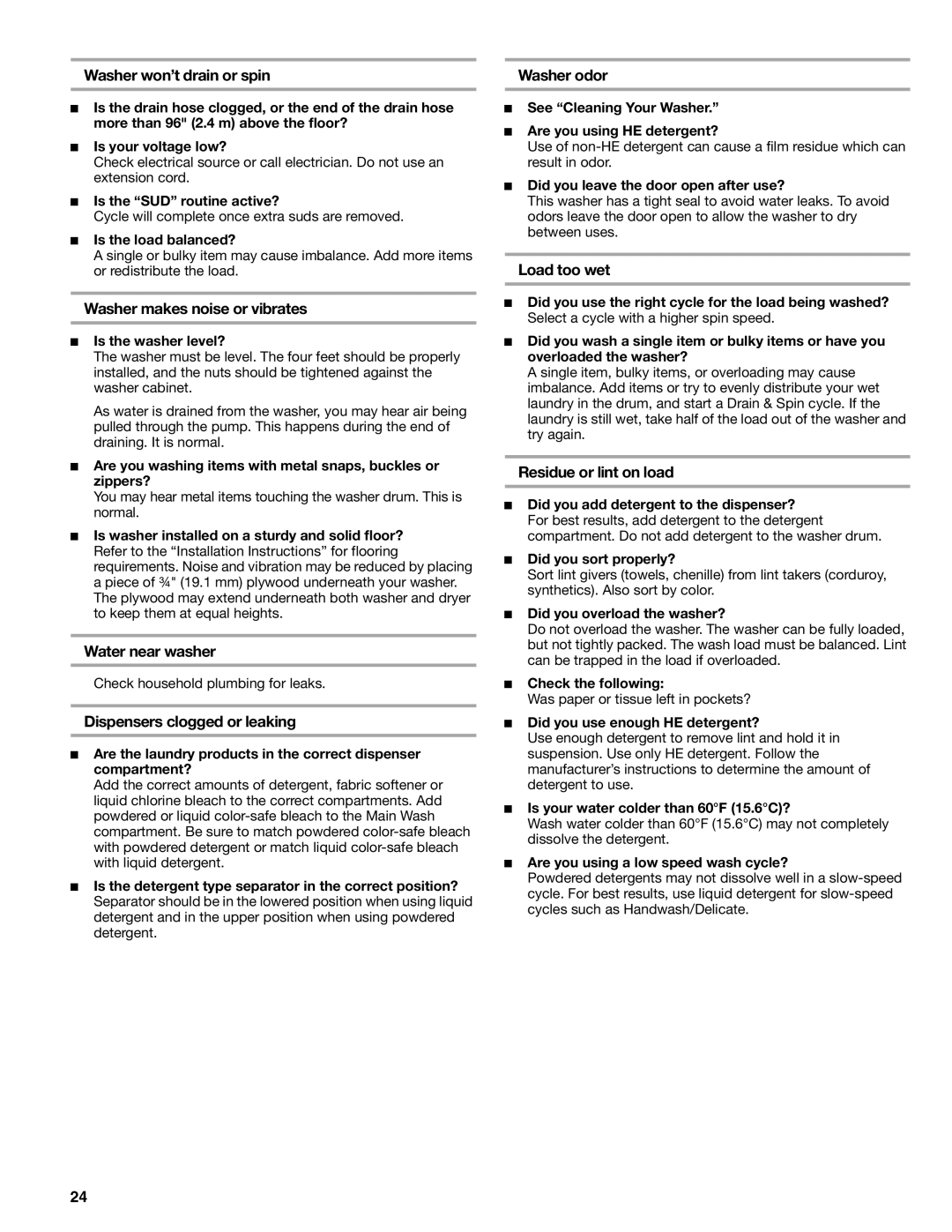110.4997, 110.4996 specifications
Sears has long been recognized as a brand synonymous with quality and innovation in the realm of tools and equipment. Among its trusted range, the models 110.4996 and 110.4997 stand out as exemplary representations of Sears' commitment to durability and performance.The Sears 110.4996 is characterized by its robust design and versatile functionality. This model features a solid construction that can withstand rigorous usage, making it ideal for both professional tradespeople and DIY enthusiasts. The 110.4996 is equipped with advanced technology that enhances user experience and efficiency. One of its standout features is the ergonomic handle, which ensures a comfortable grip and reduces fatigue during extended use. This model also incorporates a precision adjustment mechanism, allowing users to make fine-tuned modifications easily.
On the other hand, the Sears 110.4997 includes many benefits that cater to both novice and experienced users. One of its hallmark characteristics is its impressive power output, enabling it to handle a wide range of materials and applications. This model is also equipped with an innovative cooling system that prevents overheating, ensuring longevity and sustained performance over time. The intuitive design simplifies operation, making it accessible for users of all skill levels.
Both models feature high-quality components that contribute to their reliability. They are built with durable materials that resist wear and tear, thus assuring longevity. Additionally, Sears ensures that these models are compatible with a variety of attachments, further expanding their utility across different tasks.
Moreover, Sears emphasizes safety with integrated features in both models. They are designed with protective mechanisms to prevent accidental engagement, giving users peace of mind during operation.
In summary, the Sears models 110.4996 and 110.4997 encapsulate a blend of durability, efficiency, and user-friendly features. With ergonomic designs, powerful performance, and impressive functionality, they cater to a diverse range of users, from professionals to home improvement aficionados. These models reflect Sears' legacy of quality craftsmanship and innovation, making them valuable tools in any toolkit.

